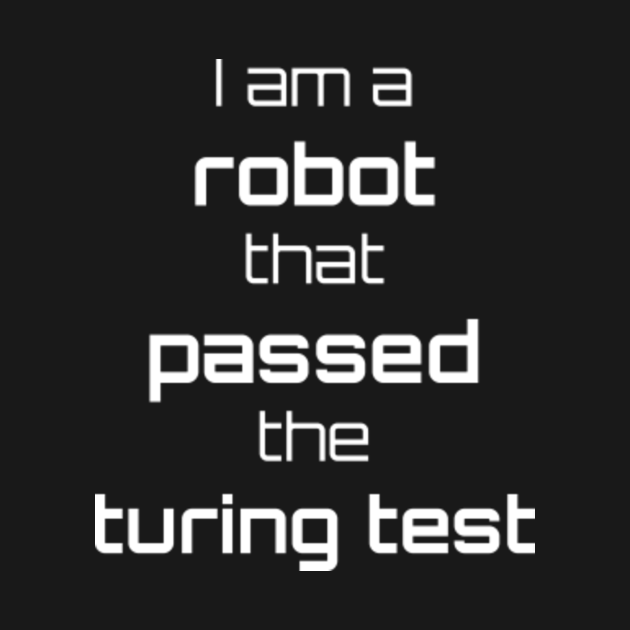
Careers Consider your career options with valuable advice and insightful case studies.People Meet the people behind the science.Events Plan the meetings and conferences you want to attend with our comprehensive events calendar.Blog Enjoy a more personal take on the key events in and around science.Analysis Discover the stories behind the headlines.Features Take a deeper look at the emerging trends and key issues within the global scientific community.News Stay informed about the latest developments that affect scientists in all parts of the world.Research updates Keep track of the most exciting research breakthroughs and technology innovations.Latest Explore all the latest news and information on Physics World.Where are my clothes?” Its response: “I have a lot of clothes.”Ĭopyright ©2023 Dow Jones & Company, Inc. One example, published in August 2020 in MIT Technology Review: GPT-3 was asked, “Yesterday I dropped my clothes off at the dry cleaner’s and I have yet to pick them up. It doesn’t have common-sense reasoning or the ability to keep track of objects over time in a discussion.

But at a global level-considering the meaning of multiple sentences, paragraphs or a back-and-forth dialogue-it becomes apparent that GPT-3 doesn’t understand what it’s talking about. 2).Ĭompared with earlier text-generation systems, the output generated by GPT-3 looks impressive at a local level individual phrases, sentences and paragraphs usually demonstrate good grammar and look like normal human-generated text. Eric Schmidt was executive chairman while I was in the trenches at Google in 2012, but I know better than to claim-as he does with Henry Kissinger and Daniel Huttenlocher-that GPT-3 is “producing original text that meets Alan Turing’s standard.” The GPT-3 program hasn’t passed the Turing test, and it seems nowhere near doing so (“ The Challenge of Being Human in the Age of AI,” op-ed, Nov.


 0 kommentar(er)
0 kommentar(er)
